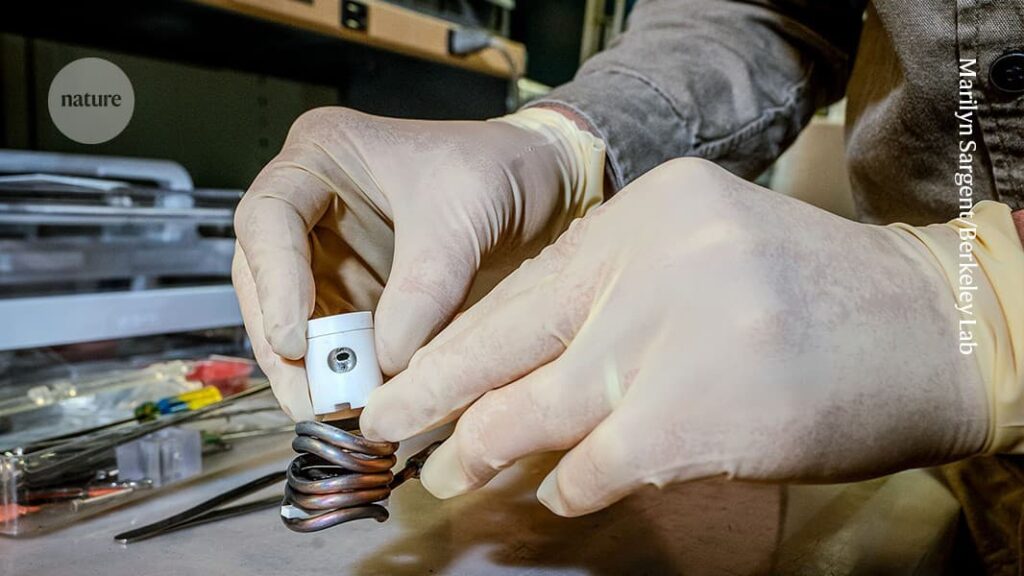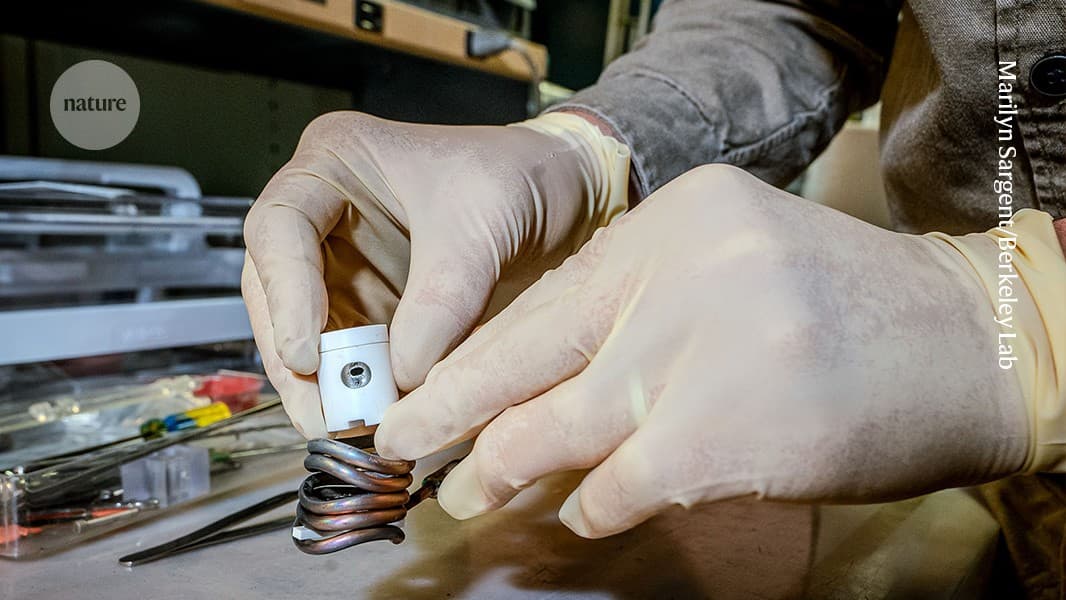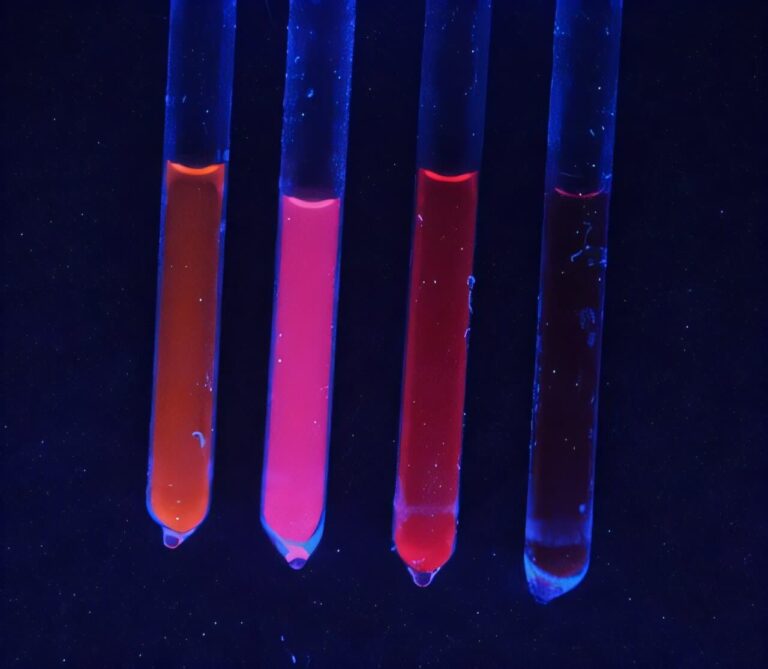Breakthrough in Superheavy Element Creation: Scientists Synthesize Livermorium, Paving the Way for Elements Beyond 118
Scientists are exploring new methods to create superheavy elements, aiming to extend the periodic table with record-breaking discoveries. Recent experiments published in Nature have successfully produced the element livermorium (atomic number 116) through a novel approach that may pave the way to creating even heavier elements.

Image Credits: Nature
Traditionally, the heaviest synthesized element, oganesson (atomic number 118), was created by bombarding californium with calcium ions. However, producing elements beyond 118 with this technique would need targets of highly unstable and rare elements like einsteinium or fermium.
Jacklyn Gates and her team at Lawrence Berkeley National Laboratory tackled this by firing a titanium-ion beam at a more stable plutonium-244 target, leading to successful collisions. During these collisions, they observed the distinct decay of livermorium-290, which only lasts 9 milliseconds, signaling that titanium and plutonium nuclei had fused to form this larger element.
The researchers suggest this titanium-based approach could help synthesize element 119 and potentially even heavier elements in the future.






